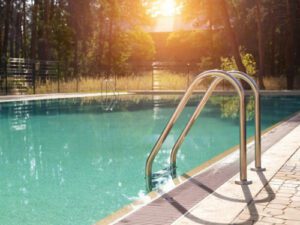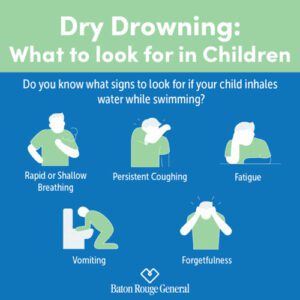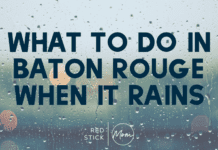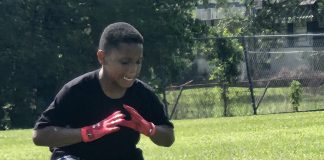Dry Drowning: What to Look For in Children
School’s out, pool’s in! But, with this time of year comes that nagging concern about water safety. You may start to see viral stories resurface on social media or news outlets report cases of “dry drowning,” triggering fear among parents that one accidental gulp at the pool could be fatal days later. It’s a parent’s worst nightmare, and one that’s easily relatable. How many times has one of your kids taken in some water while swimming? It’s pretty common!
cases of “dry drowning,” triggering fear among parents that one accidental gulp at the pool could be fatal days later. It’s a parent’s worst nightmare, and one that’s easily relatable. How many times has one of your kids taken in some water while swimming? It’s pretty common!
Drowning is the second leading cause of unintentional death in children ages 1-4 and ages 10-14 years. While most infant drownings occur in bathtubs, most childhood drownings happen in pools, often a child’s own pool at home. And – you guessed it – most drowning and near-drownings happen in the summer, from May through August.


-
- Breathing changes: Rapid or shallow breathing, and even flaring nostrils means your child is working harder than normal to breathe.
- Persistent coughing: Especially if paired with breathing issues. This is not the same as water “going down the wrong pipe,” in which you recover within a minute or two.
- Sleepiness: Not that long nap after a day at the pool – that’s normal as it can really wear kids out! We’re talking they are jumping and splashing, then more suddenly seem fatigued. This could be a sign they are not getting enough oxygen into their blood.
- Throwing up: Kids may vomit from swallowing too much water. But, if they are also coughing persistently, that can cause vomiting. It can also be a sign of stress in the body, if water did get into the lungs.
- Forgetfulness or unexplained change in behavior: Not getting enough oxygen can make you feel “off,” like a woozy type feeling, and young kids may not be able to articulate that.
The good news is that cases of both are extremely rare – making up only 1-2% of all drownings — and you’re going to see warning signs. If water gets in the airway or lungs, symptoms show very quickly, not out of the blue days later.
The best prevention is tried and true methods — monitor kids closely near water, be sure they are competent swimmers, and follow all applicable safety measures like flotation devices and pool fencing.



















